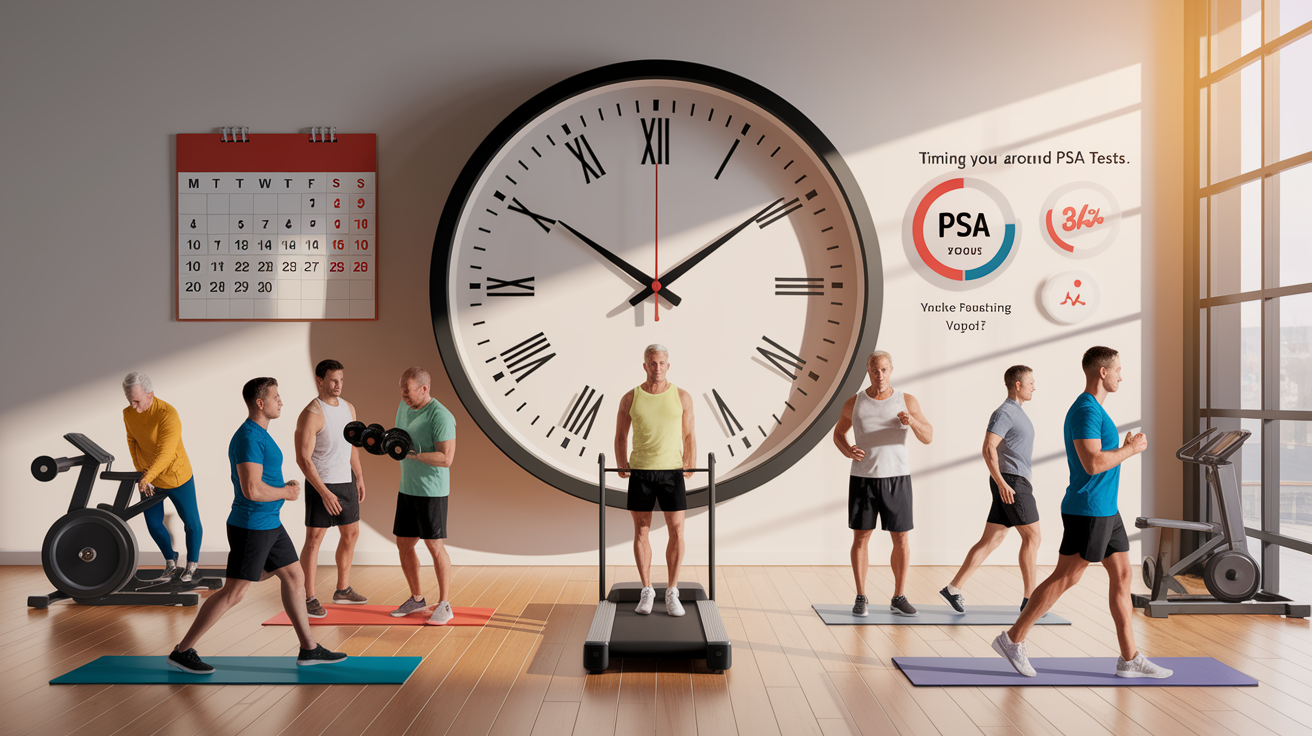Do Your Weights Pump Up Your PSA? Unveiling the Truth
Pumped Up PSA? Your Top Question Answered
One of the most common questions I get from male athletes and fitness enthusiasts is: “Coach, can my training mess with my PSA test?” PSA, or Prostate-Specific Antigen, is a key biomarker for prostate health—used in screenings for conditions like benign prostatic hyperplasia, prostatitis, and prostate cancer. Elevated PSA can signal disease, but as the science shows, training may temporarily influence those numbers even when your prostate is otherwise healthy.

Understanding how intense workouts affect PSA helps you train smart, schedule your tests wisely, and avoid unnecessary alarms. Let’s walk through the evidence so you can keep your body strong and your health data accurate.
How Weight Lifting Affects PSA Levels
Resistance training—especially heavy, compound lifts—creates significant physiological stress, not just on muscles and connective tissue, but across multiple body systems. According to research on exercise-induced PSA changes, physical activity can cause a transient spike in PSA levels. This is likely due to mechanical stimulation of the prostate during intense exertion, coupled with shifts in blood flow and hormonal responses to training.

One study observed up to a threefold increase in PSA in healthy men after just 15 minutes of vigorous exercise. This spike can happen with strength training, running, or cycling, but the intensity and duration of lifting sessions amplify the effect—especially in older athletes with higher baseline PSA.
- Short-Term Effect: PSA elevation can occur within minutes and persist for hours post-training.
- Temporary Change: These increases do not necessarily indicate pathology—they’re part of the body’s acute response to hard work.
- Age Factor: The magnitude of elevation often rises with age, making test timing more critical for older lifters.
Timing Your Workout Around PSA Tests
If your goal is accurate PSA numbers for screening, timing matters. Because exercise can temporarily skew PSA readings, most guidelines recommend avoiding strenuous physical activity—including weight lifting—for at least 48 to 72 hours before a PSA blood test.

In practice:
- Finish your last heavy workout two to three days before testing.
- Stick to light mobility or stretching sessions during that cooldown window.
- Consider delaying your gym session until immediately after the test if it’s scheduled early in the day.
By managing exercise timing, you reduce the risk of a false positive elevation that might trigger unnecessary further testing or anxiety. For more practical guidance, see this checklist of activities to avoid before a PSA test.
Long-Term Resistance Training and Prostate Health
Here’s where the story gets interesting: While acute training sessions can temporarily raise PSA, consistent long-term exercise—both resistance and aerobic—may have protective benefits for prostate health. In men with prostate cancer undergoing treatment, structured training programs can improve body composition, reduce fatigue, and even lower PSA values in certain cases.
A study on combined aerobic and resistance training in high-risk prostate cancer patients found benefits beyond the gym mirror. Participants maintained lean mass and showed trends toward improved PSA levels compared to those who remained inactive. This highlights the difference between short-term physiological spikes and long-term adaptations that support overall health.
Takeaway: Don’t fear lifting for your prostate health—just plan your PSA test timing carefully to avoid misinterpretation of your results.
Other Factors That Can Skew Your PSA
Exercise is only one piece of the puzzle. Several other lifestyle and medical factors can temporarily shift PSA readings:
- Ejaculation within 48 hours of the test.
- Prostate manipulation, such as a digital rectal exam.
- Urinary tract infections or prostatitis.
- Certain medications—e.g., NSAIDs, statins, 5-alpha-reductase inhibitors.
- Inflammation or recent medical procedures involving the prostate.
Being aware of these influences helps you give your healthcare provider accurate context for your test results. Learn more about what can skew a PSA test so you can control as many variables as possible before screening.
Lift Smarter, Test Better: Wrapping It Up
The science is clear: Yes, weight lifting can cause a short-lived spike in PSA levels, but these changes don’t mean damage or disease. The ideal approach is disciplined scheduling—avoid heavy lifting for 48 to 72 hours before a PSA test to keep your readings accurate. In the bigger picture, a consistent, intelligently programmed strength routine supports long-term prostate health and overall vitality.
Respect the data, respect your body, and remember—strength through science, results through discipline. Train hard, recover well, and work with your healthcare team to keep both your performance and your health metrics at their best.







